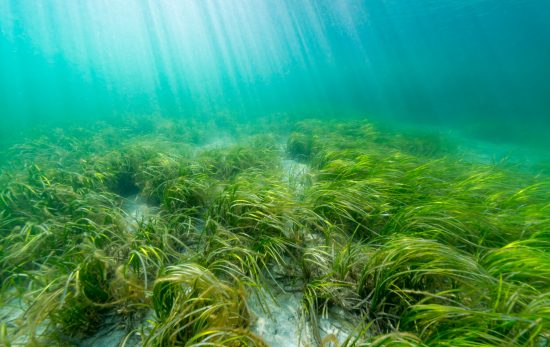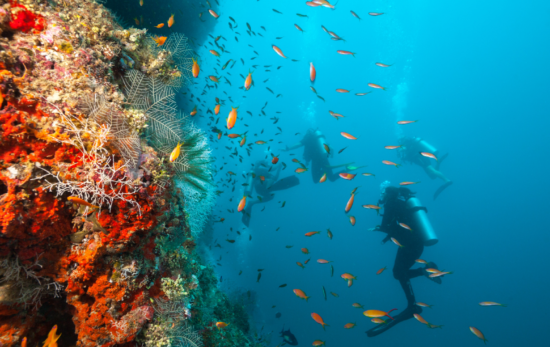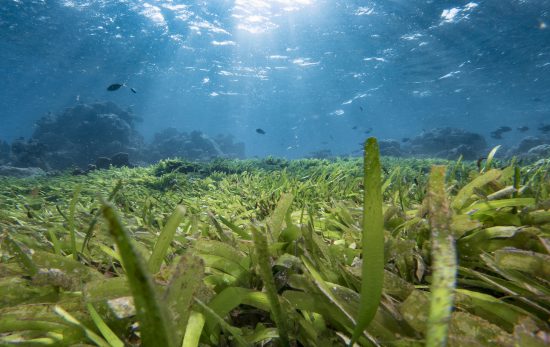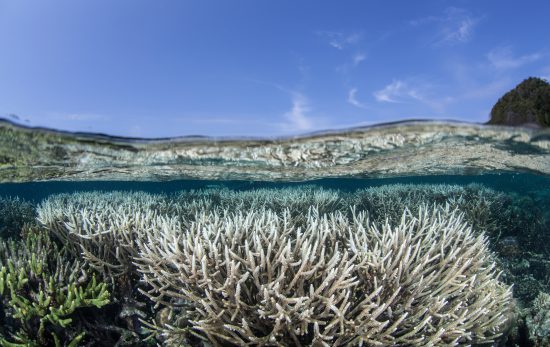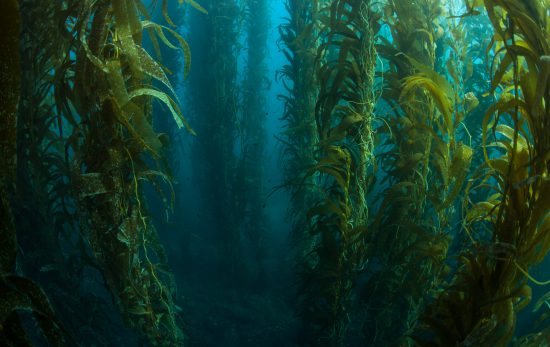Whether you know it or not, if you’re a diver that loves the ocean, you definitely love mangroves.
Growing along tropical and subtropical coastlines of more than 100 countries, mangroves are remarkably the only trees in the world that are able to grow in salt water. With a lush canopy of green above the surface and an intricate tangle of roots below the surface, a mangrove forest is truly a magical place. Providing essential habitat for a wide variety of ocean animals, protecting coastlines, improving water quality, and storing vast amounts of carbon – mangrove forests are among the most productive, biologically complex, and beautiful ecosystems on Earth.
PADI has joined forces with The Ocean Foundation to help restore and protect coastal marine ecosystems like mangrove forests, in addition to providing opportunities for our global community of Torchbearers to reduce and offset carbon emissions as part of the Torchbearer Five.
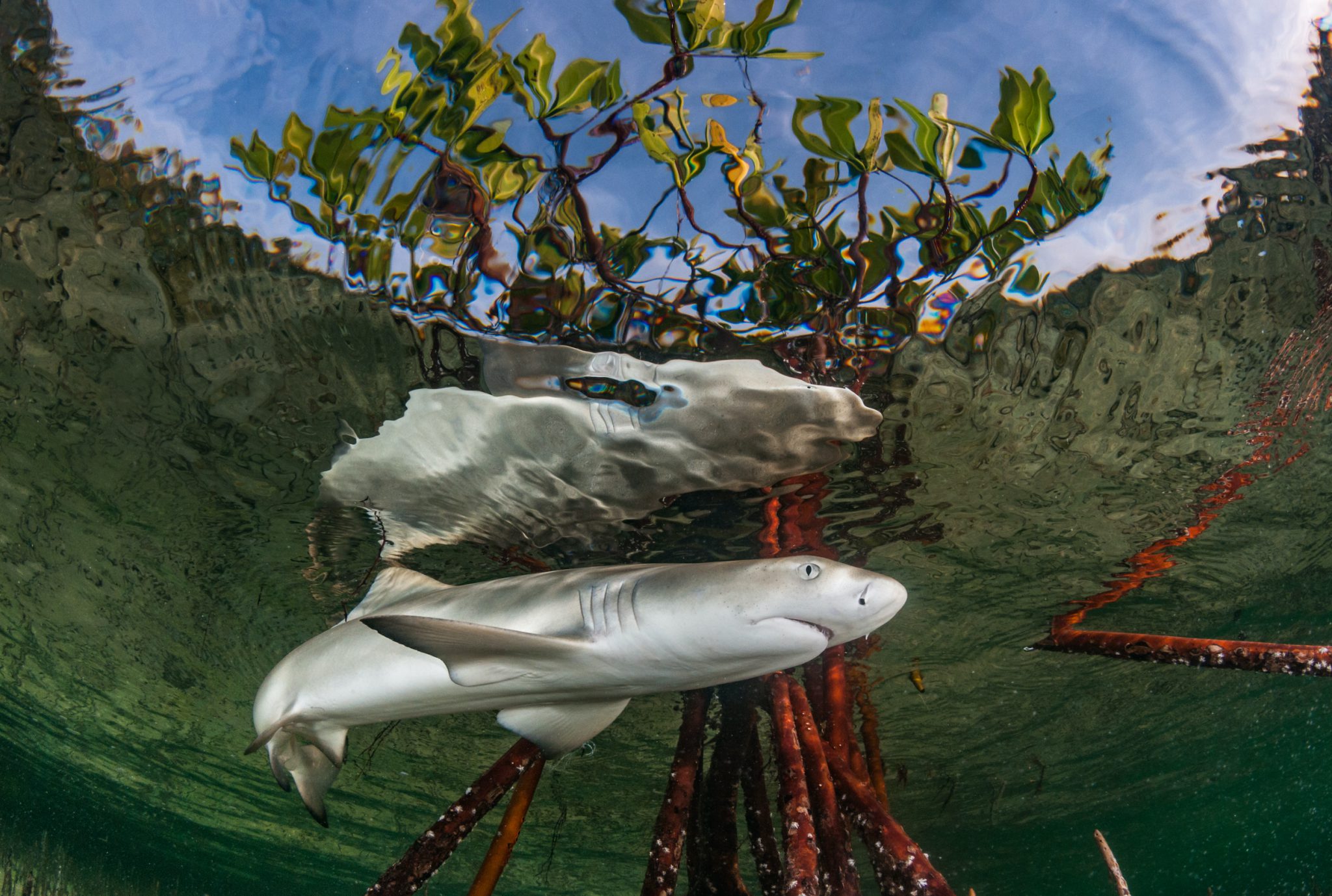
Mangroves are Nurseries of the Ocean
With a myriad of impressive adaptations that allow them to survive in the intertidal zone, mangrove trees create unique biodiversity hotspots where the ocean meets the land. Dense, intertwining roots provide essential habitat for thousands of marine species – from oysters and sponges to juvenile invertebrates and fish in need of safe shelter. In fact, up to three-quarters of all tropical fish species depend on mangrove habitat during the early stages of life.
Throughout the tropics, mangroves, seagrass beds, and coral reefs work in concert to sustain healthy marine life populations. When it comes to providing habitat for ocean animals like fish, crabs, sea turtles, and sharks – mangroves can be thought of as primary school, seagrass beds as secondary school, and coral reefs as high school or college. Next time you find yourself gliding over a coral reef, give thanks to the nearby mangroves for acting as a nursery to the dazzling ocean animals you see during your dive. And if the opportunity presents itself to slip into the calm waters along a mangrove shoreline, you will surely feel the magic of the mangroves.
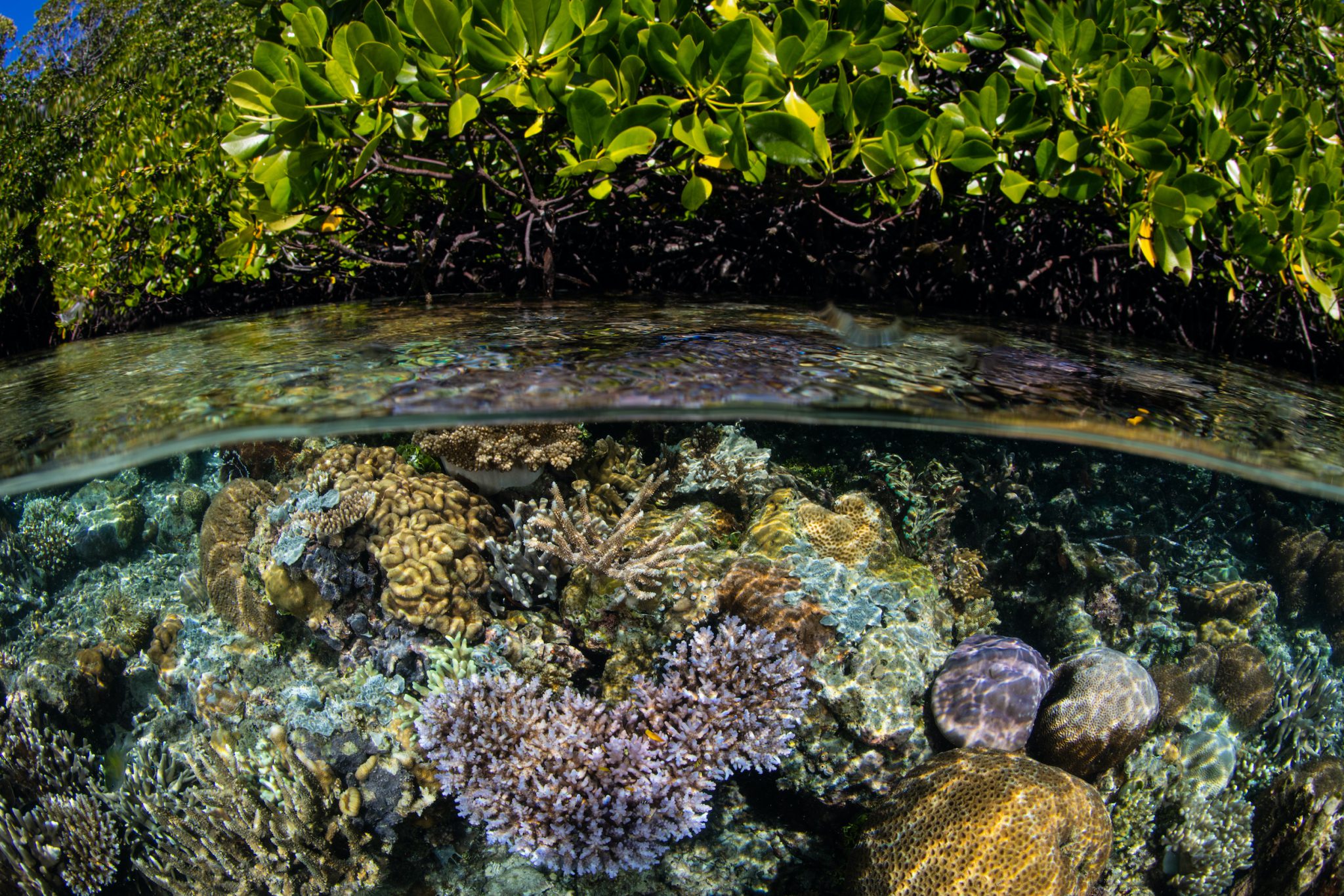
Mangrove Forests are Carbon-Storing Superstars
While mangrove forests only cover about 0.1 percent of Earth’s surface, they store more carbon than any other type of forest – making them a key player in addressing climate change. In fact, a patch of mangroves can absorb up to ten times the carbon of a similarly sized patch of terrestrial forest.
While mangrove species are protected in some parts of the world, in many areas mangrove forests face major threats. Unfortunately, large areas of mangrove forests are often cut down for unsustainable shrimp and fish aquaculture practices. By supporting the protection and restoration of mangrove forests, and not supporting the industries that destroy them, we can all help protect the future of our blue planet.
Mangroves are Coastline Defenders
Occupying the space where ocean meets land, mangrove forests act as a vital buffer against coastal erosion caused by waves, currents, and tides. Mangrove forest’s massive root systems play an important role in dissipating wave energy and stabilizing shorelines.
As a result of climate change, sea levels are rising and storm intensity is increasing globally. Fortunately, mangrove forests in tropical and subtropical regions are helping to protect vulnerable communities from these devastating impacts of climate change. Additionally, mangroves have been shown to provide measurable economic protections to tropical storm impacted coastal communities globally. Unfortunately, where mangrove deforestation has occurred, coastal communities lack the important line of defense from storm surge and erosion that their shorelines need.
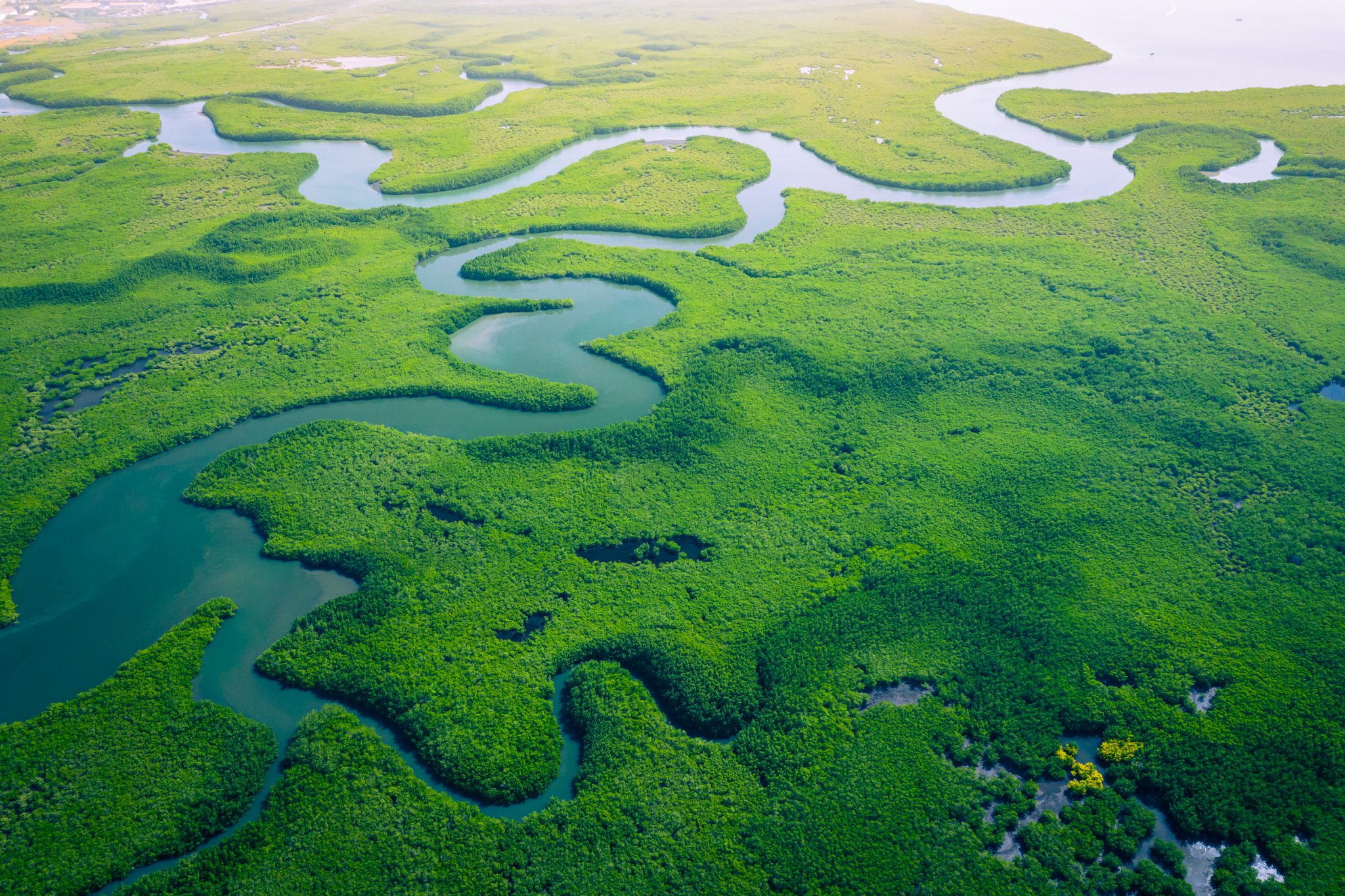
Show Mangroves, the Ocean, and the Planet Some Love
Clearly, healthy mangrove forests are critical to the well-being of humans, the ocean, and the planet at large. With mangroves around the world disappearing at an alarming rate, it is absolutely crucial that we work together to respect, protect, and restore them. Here’s how you can help:
- Use your voice to share the magic of mangroves.
- Offset your carbon footprint using The Ocean Foundation’s Carbon Footprint Calculator to contribute towards seagrass and mangrove restoration projects.
- Be mindful of your food’s origins, making sure to avoid farmed shrimp and fish raised in deforested mangrove areas.
- Join our global community of Torchbearers.

